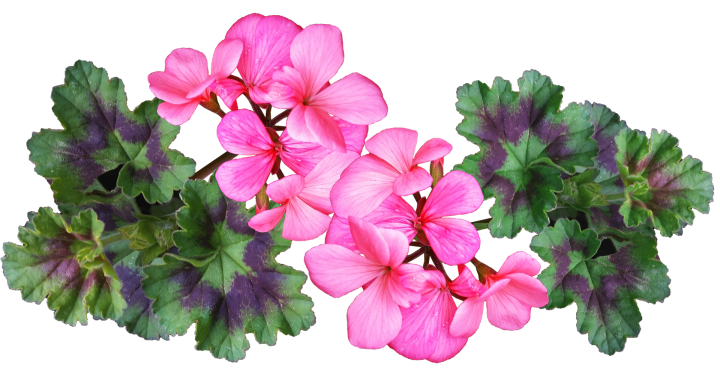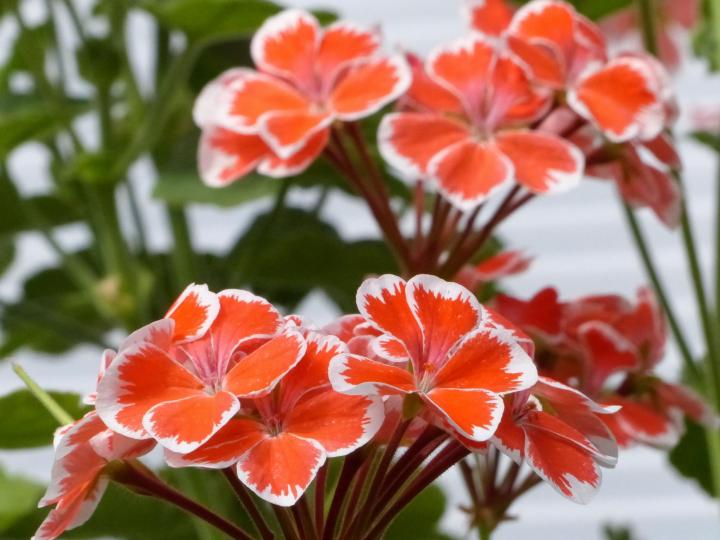
How to Plant, Grow, and Care for Geraniums
ADVERTISEMENT
I have a 5 year old geranium. It's leaves have all turned Red this year? Any suggestions to get them back to green?
Have any environmental factors changed this year? It could be responding to more or less light, or more or less water. If it’s especially dry, this could be the cause.
I got a geranium from my son for mother's day 4 yrs ago. It has sprouted next to the original and has branched off. How to I tend to it to keep it from growing more? I'd like it to be bushier
In the wild, geraniums are naturally spreading and leggy. If you want them to be bushier, prune them once new growth has reached a few inches. Just inch out about 1 inch from the tips. Also, once a year (in late fall), you can prune them hard by cutting back a third.
I bought 1 red geranium 3 years ago at Aldi. Only bought 1 because I didn't know what to expect. Oh my goodness what a beautiful and hardy plant. I live in southern Wisconsin. I kept her outside in full sun, in the pot it came in all summer. Southern exposure. I brought her in and kept on breezeway all winter, rarely watering. The breezeway stays around 45° in the winter. There is a sheer curtain at the patio door that has protected her from direct sun during winter. We do use the patio door during winter and she's been exposed, indirectly, to colder air on occasion. She's not right next to the door opening but the temp does go down on breezeway while door is opened. Back out she went after the 1st winter, in the same pot. She did beautifully again the 2nd summer. I kept taking off the spent blooms and she proudly produced new blooms over and over. Mainly let nature do the watering but occasionally had to water myself. (well water) I brought her inside for a 2nd winter same as before. She's still very green and I water about once a month. I plan to repot her and put her outside for the 3rd summer just like before. I don't have lots of space for indoor plants so this is my favorite. I buy others that I allow to die when the frost comes. I have never enjoyed a geranium as much as this one. Very easy to care for.











Comments